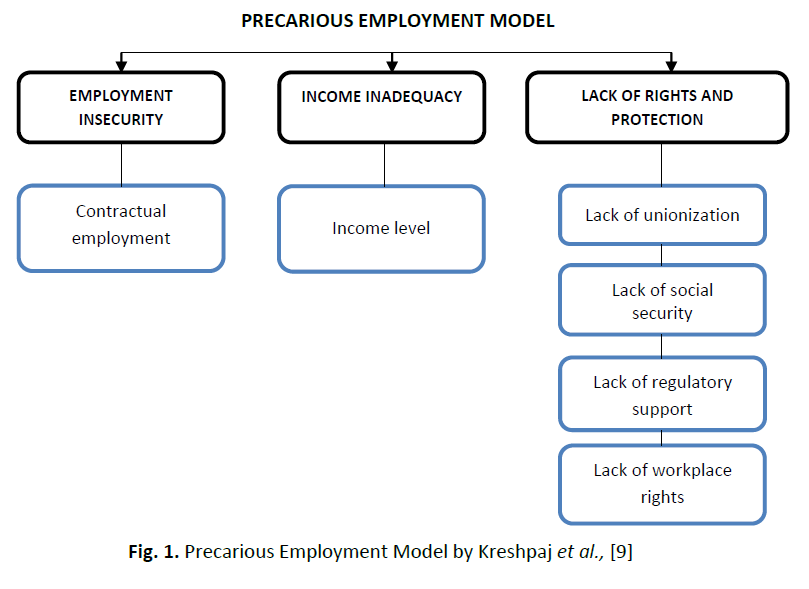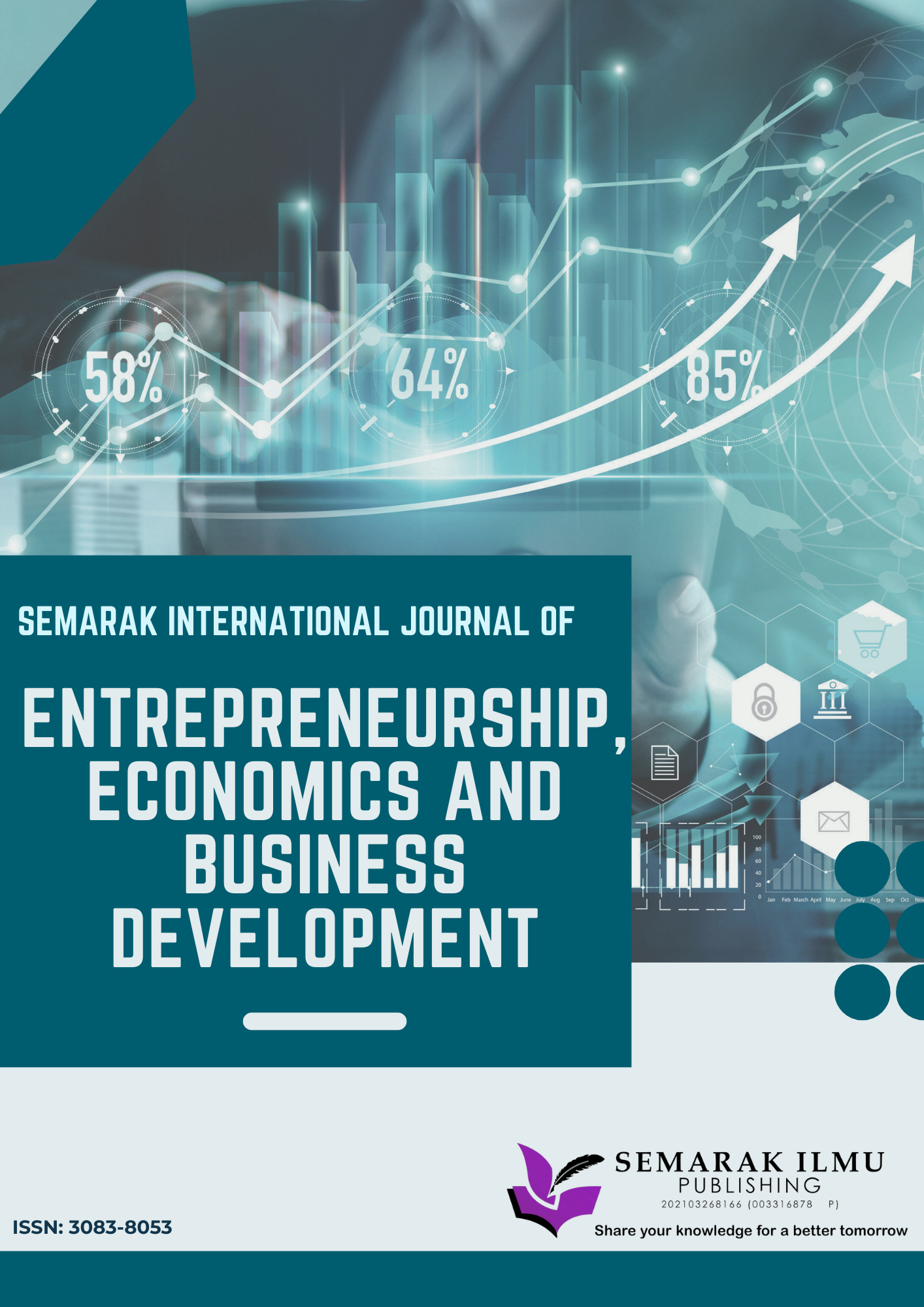The Precarious Nature of Gig Work in Malaysia: An Analysis Using the Kreshpaj Model
DOI:
https://doi.org/10.37934/sijeebd.4.1.112Keywords:
Gig economy, gig workers, precarious, resilience, Kreshpaj Model, working conditions, income, social protections, worker rightsAbstract
The gig economy has become a significant labour market phenomenon globally, including Malaysia. It has rapidly expanded in Malaysia, employing nearly three million workers, yet concerns over precarious employment persist. This article examines the extent to which gig work is precarious in these contexts, utilizing the Kreshpaj model of precarious employment. Drawing on an in-depth interview with 7 gig workers in Kota Kinabalu, Sabah, the study explores the dimensions of precariousness in gig work, including income instability, lack of social protections, and limited worker rights. The findings reveal that gig work in Malaysia, particularly Kota Kinabalu, Sabah, is precarious, with workers facing significant vulnerabilities and challenges. The article concludes with policy implications and recommendations for improving the working conditions of gig workers.










